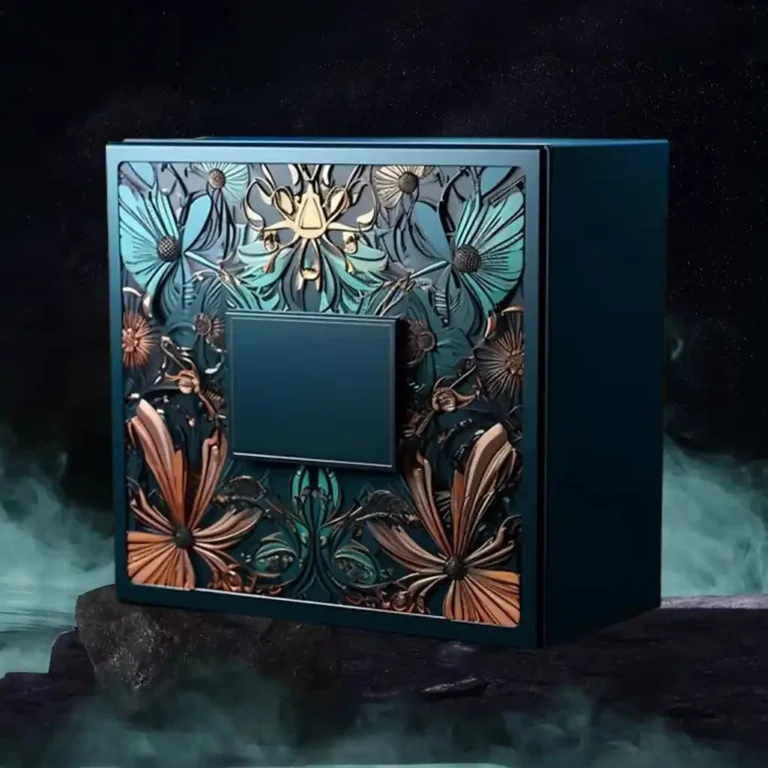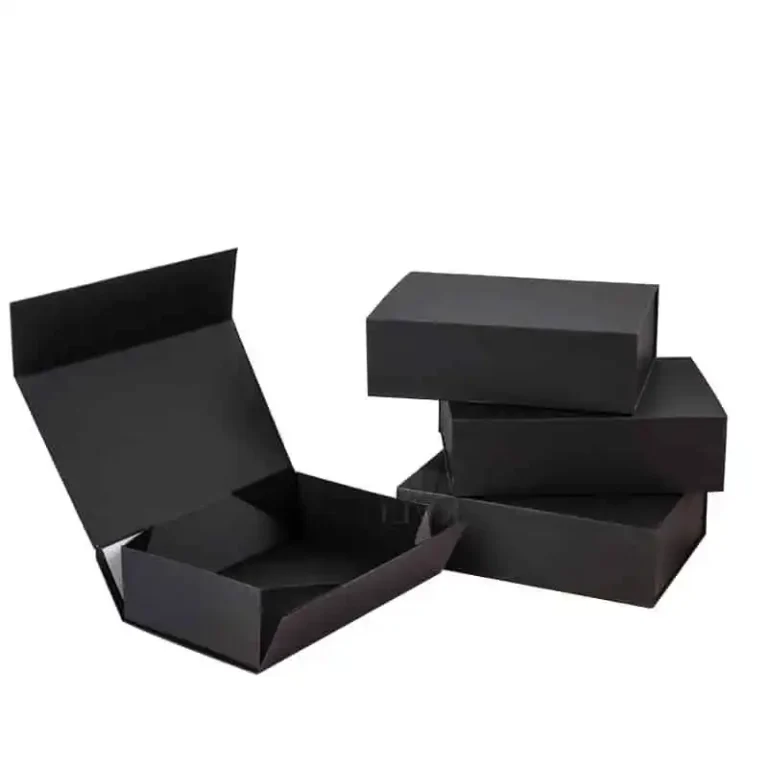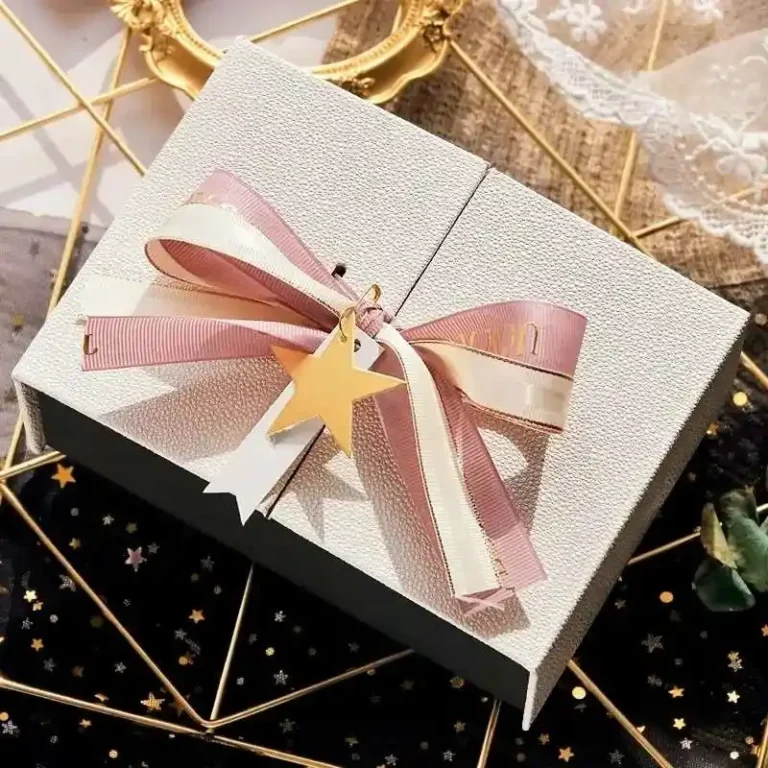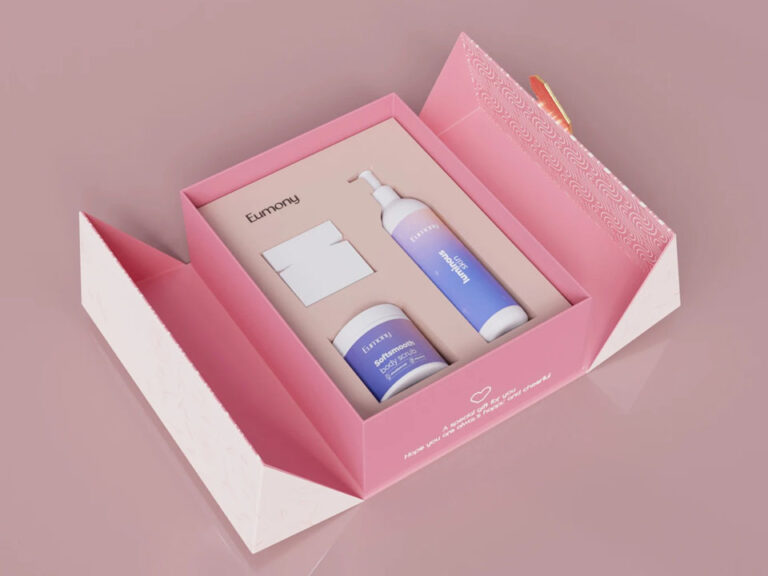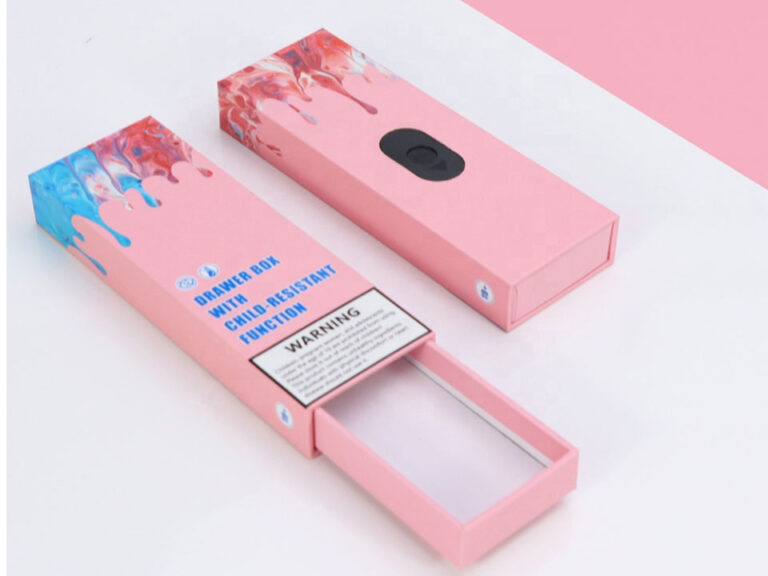Food & Beverage Gift Boxes: Best Practices for Packaging Gourmet Products
You’ve spent months, maybe even years, perfecting your product. Maybe it’s a small-batch artisan chocolate, a vintage wine, or a set of organic jams. The taste is perfect. The ingredients are top-tier. But here is the hard truth: if the packaging looks cheap or fails to protect the food, nobody cares how good it tastes.
In the world of gourmet food, the box isn’t just a container. It is the first bite.
When a customer orders luxury food online, they aren’t just buying calories. They are buying an experience. If that experience starts with a crushed corner or a boring brown box, you lose them. At Zhibang Packaging, we see this every day. Brands come to us after trying to save a few pennies on generic boxes, only to realize they lost dollars in broken products and unhappy customers.
Let’s look at the best practices for packaging gourmet products, how to keep your food safe, and how to make your brand look like a million bucks.
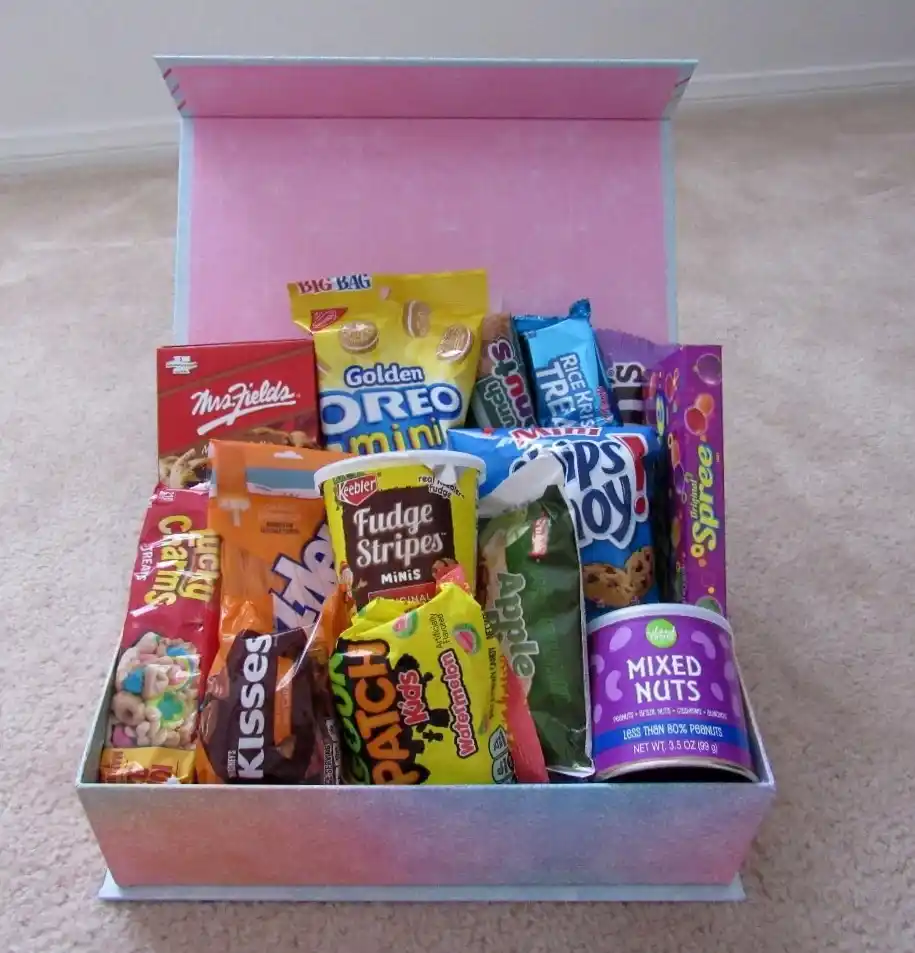
First, Protect the Goods (It’s Non-Negotiable)
Bef[6]ore we talk about pretty colors or logos, we have to talk about physics. Food is heavy, fragile, and sometimes perishable. A glass jar of honey does not bounce. If you ship it in a flimsy box, it will break.
The most important rule in packaging is protection. You need the right material for the job.
For heavy items like wine bottles or jarred sauces, you can’t rely on thin paperboard. You need sturdy, corrugated materials or high-quality rigid board. This is where Rigid Boxes come into play. They don’t bend easily. They feel solid in your hand. When a customer picks one up, their brain instantly thinks, “This is expensive.”
The Layered Approach
Don’t just throw the product in. Use layers.
- Primary Layer: The wrapper touching the food (foil, plastic, food-grade paper).
- Secondary Layer: The box holding the product (like a Folding Carton).
- Tertiary Layer: The shipping box that takes the beating from the courier.
If you skip the secondary layer, the product rattles. If you skip the tertiary layer, the gift box gets scuffed. We always tell our clients: don’t let the gift box be the shipping box unless it is designed for it, like our heavy-duty Corrugated Mailer Boxes.
The “Unboxing” Moment is Your Free Ad
Let’s be real. Traditional advertising is expensive. But do you know what’s free? A customer posting a photo of your product on Instagram.
This is called the “Unboxing Experience.” It is a buzzword, sure, but it matters.
According to recent retail data, about 40% of online shoppers say they will share a picture of a purchase if it comes in unique, branded packaging. That is free marketing for you. But people don’t take photos of plain cardboard. They take photos of stories.
Why Texture and Finish Matter
Visuals are great, but touch is better. Gourmet food is a sensory experience, so your packaging should be too.
- Soft-touch lamination: Makes the box feel like velvet.
- Embossing: Raised logos that people want to run their fingers over.
- Foil Stamping: Gold or silver accents that catch the light.
For example, we worke[1]d with a chocolate brand that switched from a glossy print to a matte finish with gold foil on their. Sales didn’t just go up; their social media mentions doubled. Why? Because the box looked like a present, not a package.
Here is a breakdown of why investing in design pays off:
| Feature | Customer Perception | Business Impact |
| Rigid Structure | “This product is premium/luxury.” | Higher perceived value, allows higher pricing. |
| Custom Inserts | “They care about details.” | Reduces breakage returns to near zero. |
| Easy-Open Tab | “This is convenient.” | Better user experience, less frustration. |
| Branded Interior | “Oh, a surprise!” | Increases “shareability” on social media. |
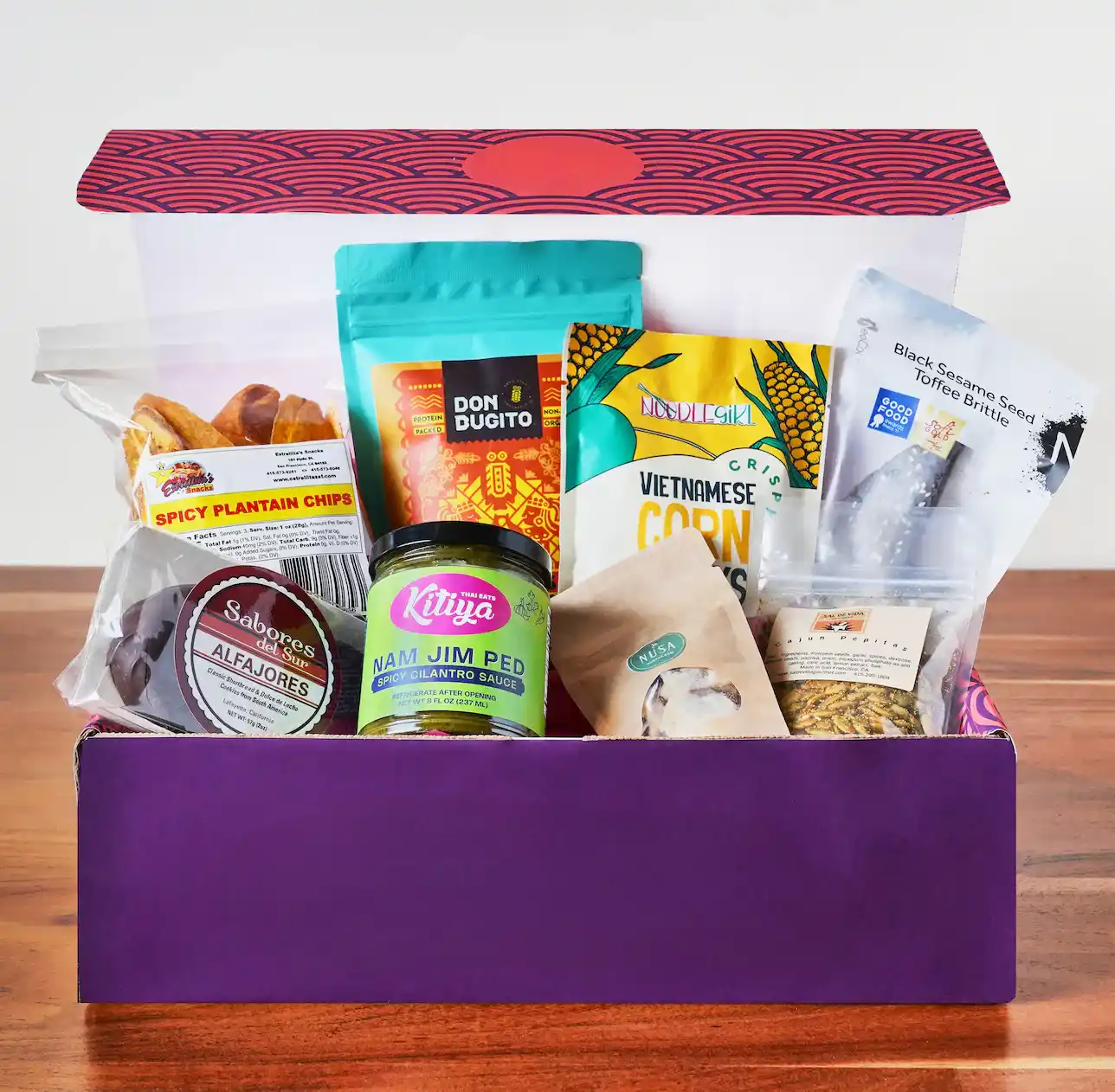
Sustainability: The “Green” Standard
A few years ago, eco-friendly packaging was a nice “extra.” Now, it is a requirement. Especially for food brands. If you sell organic, natural, or healthy food, you cannot wrap it in piles of Styrofoam. It looks hypocritical.
Data shows that a majority of consumers prioritize eco-friendly packaging. They check labels. They want to know if the box is recyclable.
At Zhibang Packaging, we use FSC-certified materials. This means the wood pulp comes from responsibly managed forests. We also offer Eco-friendly Packaging options that biodegrade.
Using brown Kraft paper gives a rustic, “farm-to-table” vibe that works perfectly for artisan breads, cheeses, or organic teas. It tells the customer, “We care about the planet as much as we care about flavor.” Plus, it often costs less than bleaching everything white.
Size Matters: Don’t Pay to Ship Air
One of the biggest mistakes we see new businesses make is buying “standard” size boxes to save time. They end up with a box that is too big for the product.
This causes two problems:
- Damage: The product has room to fly around and smash into the walls.
- Cost: Carriers charge by “dimensional weight.” If you ship a big box full of air, you are paying to ship air.
The Magic of Custom Inserts
You need a box that fits like a glove. This is where Custom Inserts (or “inlays”) save the day. Whether it is paper pulp, foam, or cardboard, an insert locks your jar or bottle in place.
Imagine a set of three hot sauces. If you put them loose in a box with bubble wrap, it looks messy. If you put them in a Custom Gift Box with a die-cut paper insert that holds each bottle by the neck, it looks professional. It displays the product like a trophy.
We design these inserts to handle the shock of shipping. We test them. We drop them. We make sure that when your customer opens the box, the cookies are whole, not crumbs.
Finding a Partner, Not Just a Vendor
Okay, so you know you need good packaging. But how do you get it?
There are plenty of “middlemen” out there who just take your order and pass it to a factory they’ve never seen. That’s risky. You need a real manufacturer.
Zhibang Packaging isn’t just a website; we are the factory. We have ISO 9001 certification, which is just a fancy way of saying we have strict rules to ensure quality. When we say a box will support 2kg, it supports 2kg.
We support OEM/ODM. This means if you have a sketch on a napkin, we can turn it into a real Custom Paper Box. Or, if you have no idea what you want, our design team can create a structure for you.
We serve clients all over—USA, Europe, Australia, Japan. We know the shipping rules for different countries. We know that moisture is a killer for shipping food to humid climates, so we suggest coatings to prevent warping. These are the “insider” details that save you headaches later.
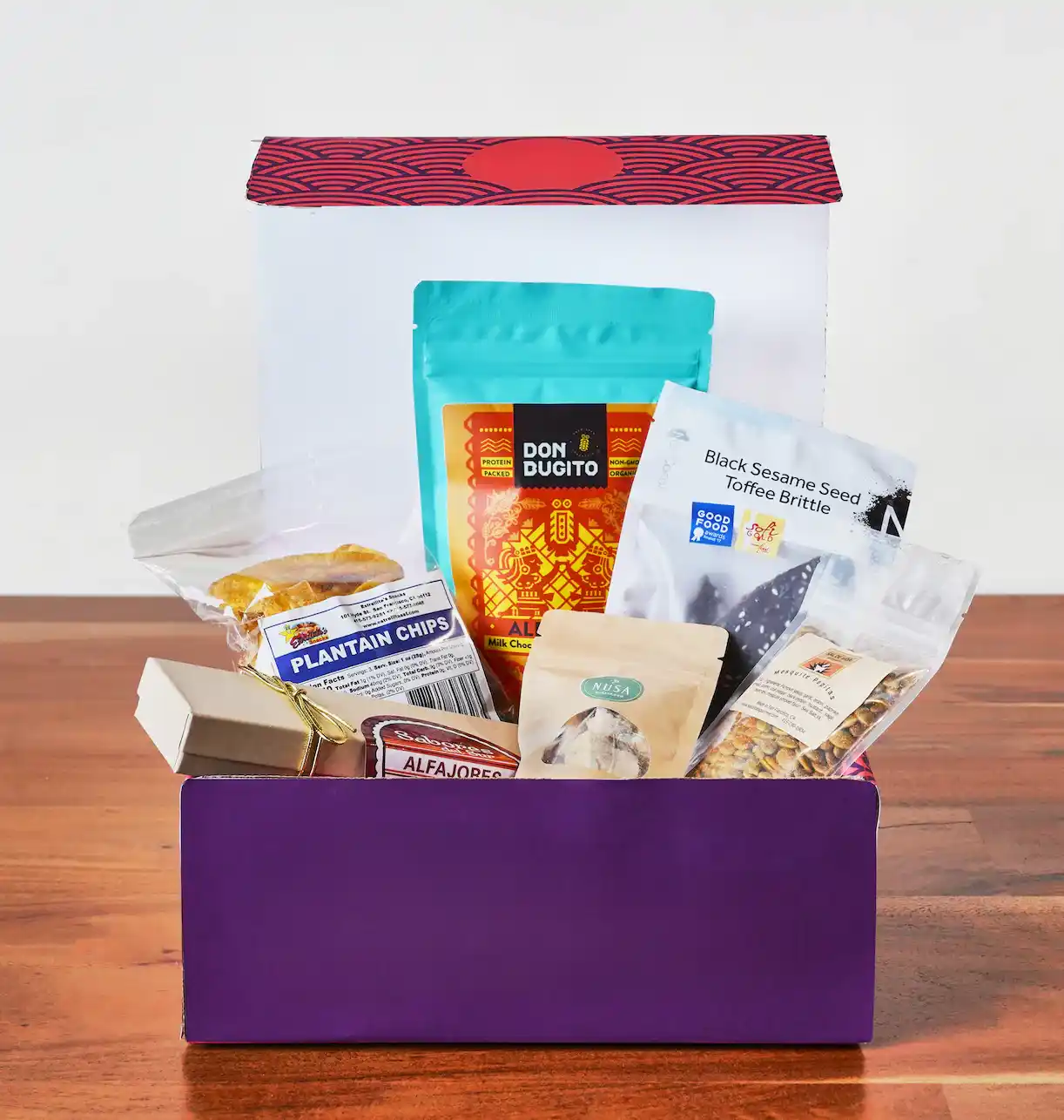
Conclusion: Pack It Right
Your food is the star of the show. But even the best actor needs a good stage.
Don’t treat packaging as an afterthought. It protects your hard work. It tells your story. It justifies your price tag. Whether you need a simple Paper Bag for a bakery or a high-end rigid box for whiskey, the principles are the same.
- Protect it with layers.
- Sell it with texture and design.
- Respect the planet with sustainable materials.
- Fit it right to save money.
If you are ready to stop guessing and start packing like a pro, let’s talk. We’ve helped brands in over 30 countries elevate their game. We can help you too. After all, the best meal deserves the best presentation.






